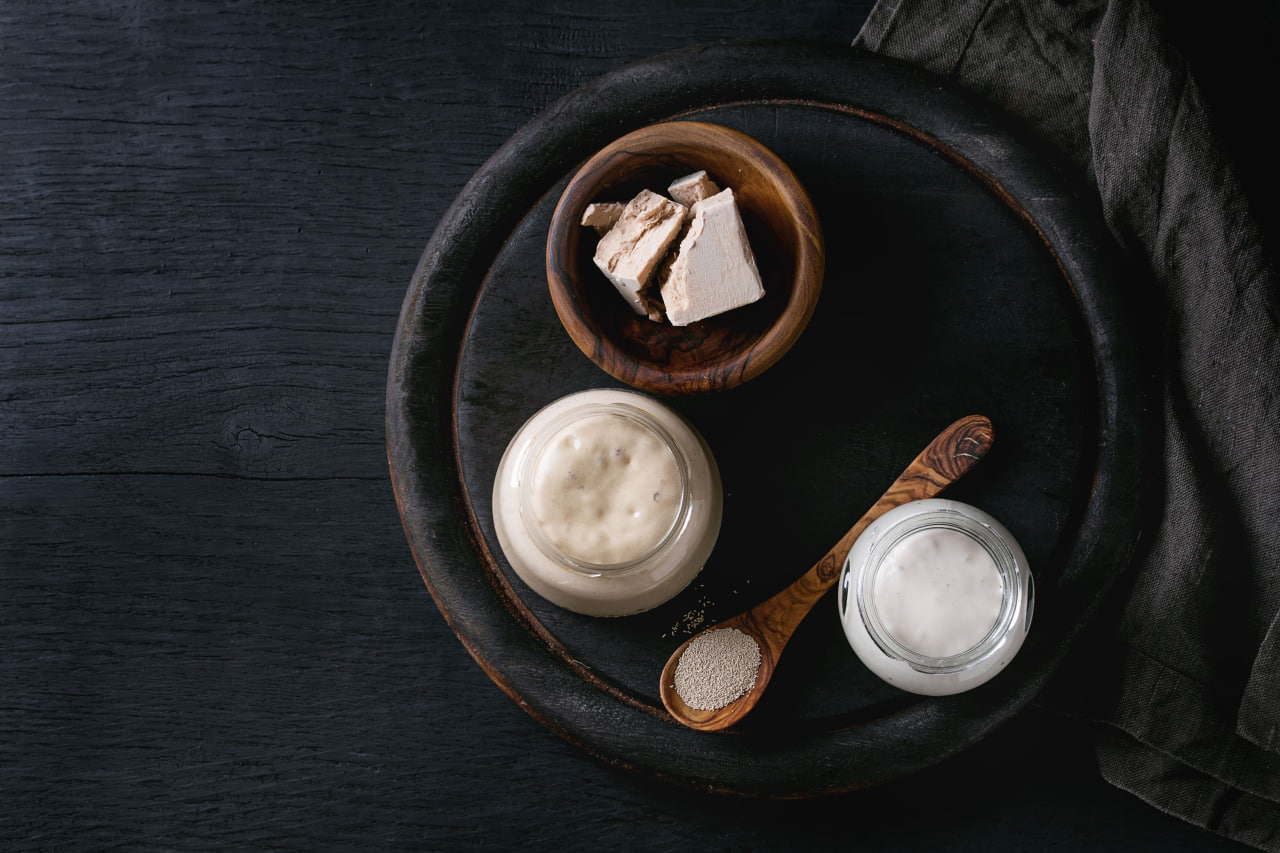Baking sourdough bread can be a delightful experience, but it doesn’t always go as planned. Whether you’re just starting out or have been baking for a while, there are some common issues you might encounter. Don’t worry—most problems are easy to fix once you know what to look for! In this article, we’ll cover some common sourdough issues and how to troubleshoot them.
1. My dough isn’t rising. What’s wrong?
There’s nothing more frustrating than waiting for your dough to rise, only to find that it hasn’t changed much in size. Here are a few possible reasons why this might happen:
- Inactive starter: If your starter isn’t bubbly or hasn’t been properly fed, it won’t be strong enough to rise your dough. Make sure you’re feeding it regularly, and that it’s active and bubbly before using it. If needed, you can try using a new batch of starter or revive your current one with more frequent feedings.
- Cold environment: Sourdough thrives in warmer temperatures, typically around 75-80°F (24-27°C). If your kitchen is too cold, the dough will rise more slowly. Try placing your dough in a warmer spot, such as an oven with just the light on, or using a proofing box.
- Overmixing or undermixing the dough: If the dough is mixed too much, it can become overworked and difficult for the yeast to rise. On the other hand, if you don’t knead it enough, it might lack structure. Aim for a good balance of mixing and kneading to build strength without overworking the dough.
2. My sourdough is too dense or heavy. What went wrong?
A dense, heavy loaf is a common problem when baking sourdough. Here are some reasons this might happen, and how to fix it:
- Underproofing: If your dough hasn’t had enough time to rise and develop air bubbles, it will be dense when baked. Make sure you allow for a long enough bulk fermentation period and proofing time. If in doubt, let the dough rise a little longer before baking.
- Too much flour: Using too much flour in the dough or during shaping can prevent the loaf from expanding properly. Try using less flour when mixing and shaping your dough, and make sure you’re not over-flouring your work surface. It’s important that the dough remains slightly sticky, but not too wet.
- Not enough hydration: Sourdough dough should be on the wetter side to produce a lighter, more open crumb. If the dough is too dry, it can result in a heavy loaf. Try increasing the water ratio slightly and see if that helps achieve a lighter texture.
3. My sourdough doesn’t have enough flavor. How can I fix this?
A sourdough loaf without that characteristic tang can be disappointing. Here’s how to enhance the flavor:
- Longer fermentation: The flavor of sourdough deepens the longer it ferments. If you feel like your loaf is lacking in tang, try allowing it to ferment for a longer period. A cold overnight proof in the fridge is a great way to boost the flavor while slowing down the fermentation process.
- Use different flours: The flour you use can have a big impact on the flavor of your bread. Whole wheat and rye flour tend to produce more flavor than white bread flour. Try adding a portion of whole wheat or rye flour to your dough to give it a more complex taste.
- Increase starter strength: If your starter isn’t strong enough, it may not produce the sourdough flavor you’re looking for. Be sure to maintain a healthy starter by feeding it regularly and using it at its peak activity. If you’re not seeing the tang you desire, try giving your starter more time to develop before using it in your dough.
Baking sourdough requires a bit of patience and attention, but with these troubleshooting tips, you can solve most issues that arise during the process. Remember, sourdough baking is all about learning through experience, and with every loaf, you’ll continue to improve. Keep experimenting and, most importantly, enjoy the process!
Happy baking, and don’t hesitate to reach out if you need more tips or guidance!

